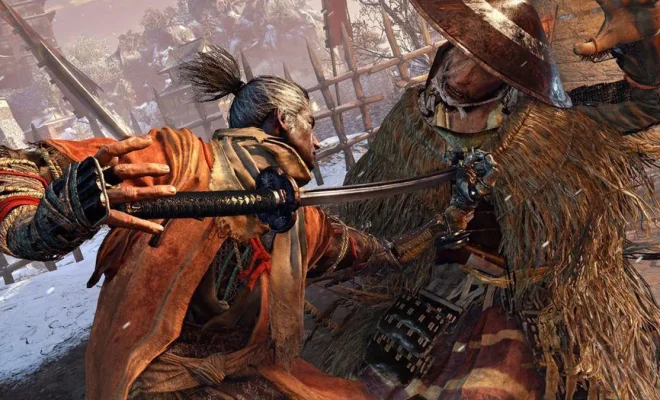Sekiro and difficulty: Ignore the gatekeeping, anyone can play this gem

Introduction:
Sekiro: Shadows Die Twice is an action-adventure game developed by FromSoftware and published by Activision. The game is set in a fictionalized version of 16th-century Japan and follows a shinobi named Sekiro as he attempts to avenge his fallen lord against nefarious forces. Renowned for its challenging gameplay and captivating story, Sekiro has amassed a dedicated fanbase since its release in 2019. Unfortunately, one prominent aspect of the game’s discourse revolves around its difficulty, with some players feeling intimidated or excluded by gatekeeping attitudes within the community. However, the beauty of Sekiro lies in its ability to offer an immersive experience for players of all skill levels. Anyone can play this gem if they choose to embrace the challenge and enjoy the journey it unfolds.
Challenging But Rewarding Gameplay:
Sekiro: Shadows Die Twice is notorious for its difficulty, requiring precise timing and mastery of various combat mechanics such as parrying, dodging, and countering enemy attacks. While some players may harbor elitist attitudes about maintaining this challenge as a source of pride or accomplishment, it is essential to remember that games are meant to be enjoyed by everyone.
At its core, Sekiro’s difficulty serves as a tool to engage players in an immersive adventure where overcoming challenges can lead to tremendous personal satisfaction. The impeccable level design and fluid combat system encourage learning from mistakes and gradually improving one’s skills until they’re capable of taking down even the most formidable foes.
Accessibility Features and Modifications:
In response to concerns about its difficulty, a variety of accessibility options have been introduced by both FromSoftware and third-party developers to make Sekiro more approachable for different types of gamers. These include features such as adjustable game speed, damage scaling, and even modding possibilities that can tailor the experience to an individual player’s needs.
For example, the Sekiro: Easy Mode mod allows players to adjust various gameplay settings to make the game more accessible to newcomers or those seeking a more relaxed experience. These accommodations demonstrate that Sekiro, like any other game, should be enjoyed by anyone who wishes to partake in its storied adventures.
Embracing Personal Challenges:
Instead of succumbing to gatekeeping narratives surrounding Sekiro’s daunting reputation, gamers should approach the game with a mindset of personal growth and challenge. Overcoming adversities within such an intricate world can lead to a gratifying sense of achievement and empowerment that transcends the virtual realm – an experience that shouldn’t be relegated solely to those with prior expertise.
Conclusion:
Sekiro: Shadows Die Twice is a prime example of how games can offer rich, rewarding experiences that cater to diverse audiences. By rejecting gatekeeping attitudes and embracing the potential for personal growth through adversity, anyone can lose themselves in the intricate world of Sekiro and experience the beauty it holds. So take up your sword, immerse yourself in its captivating story, and remember that every shinobi has a starting point – yours could be right here with Sekiro: Shadows Die Twice.



